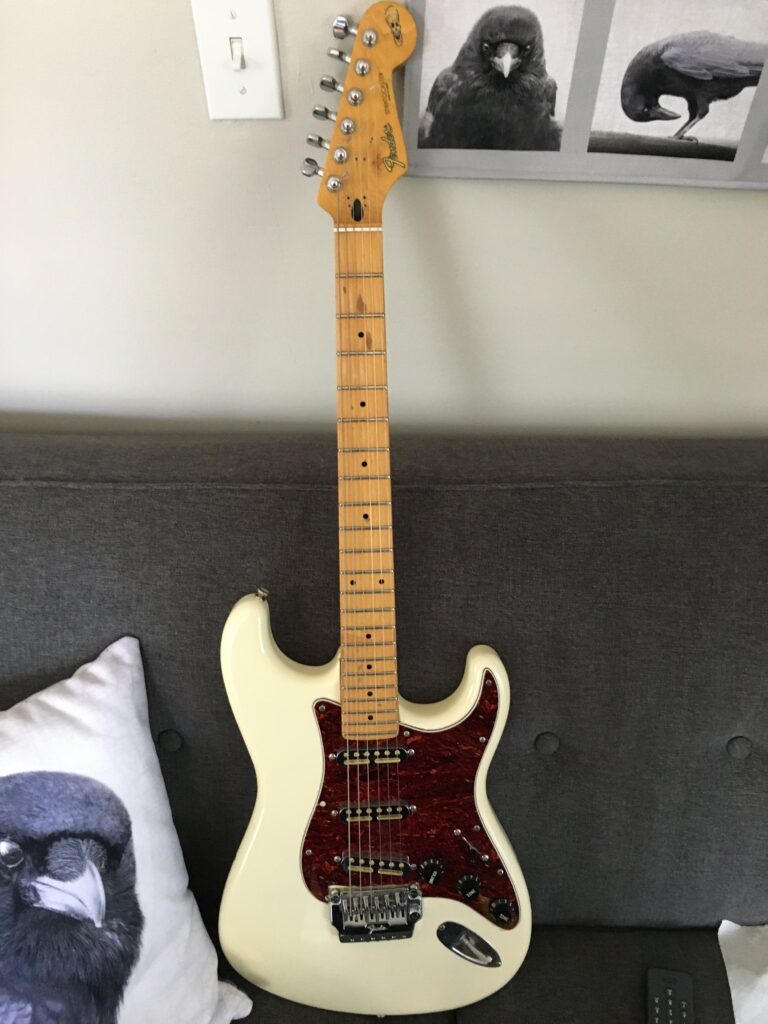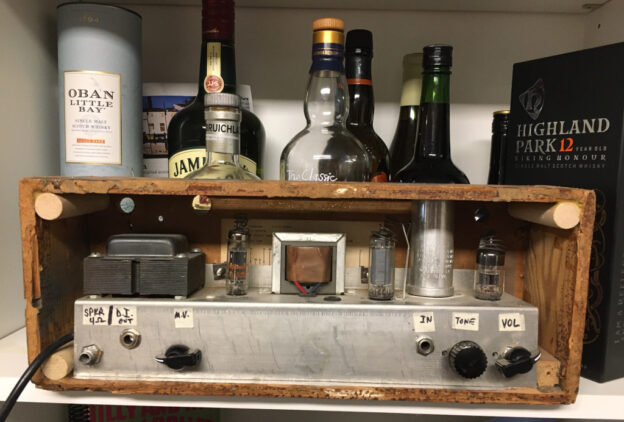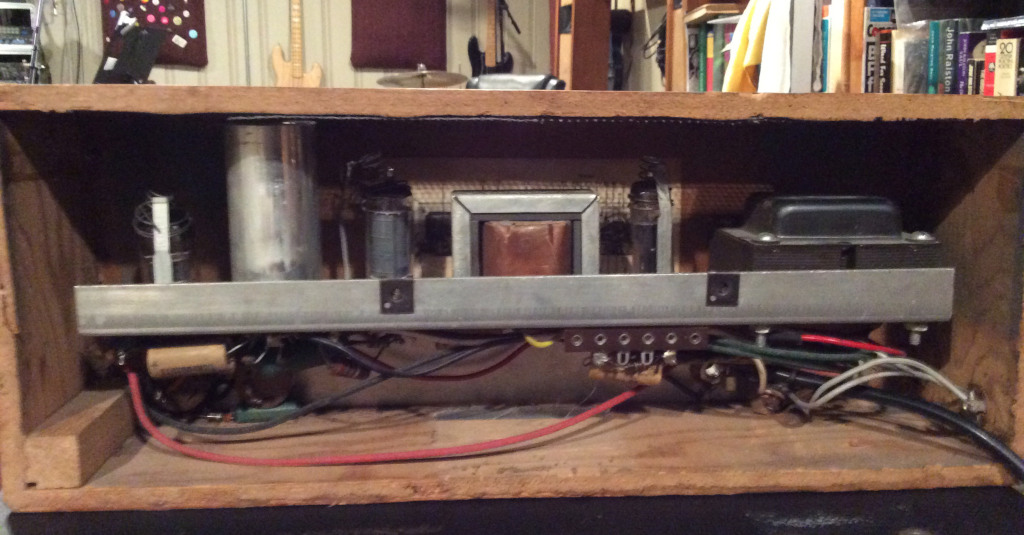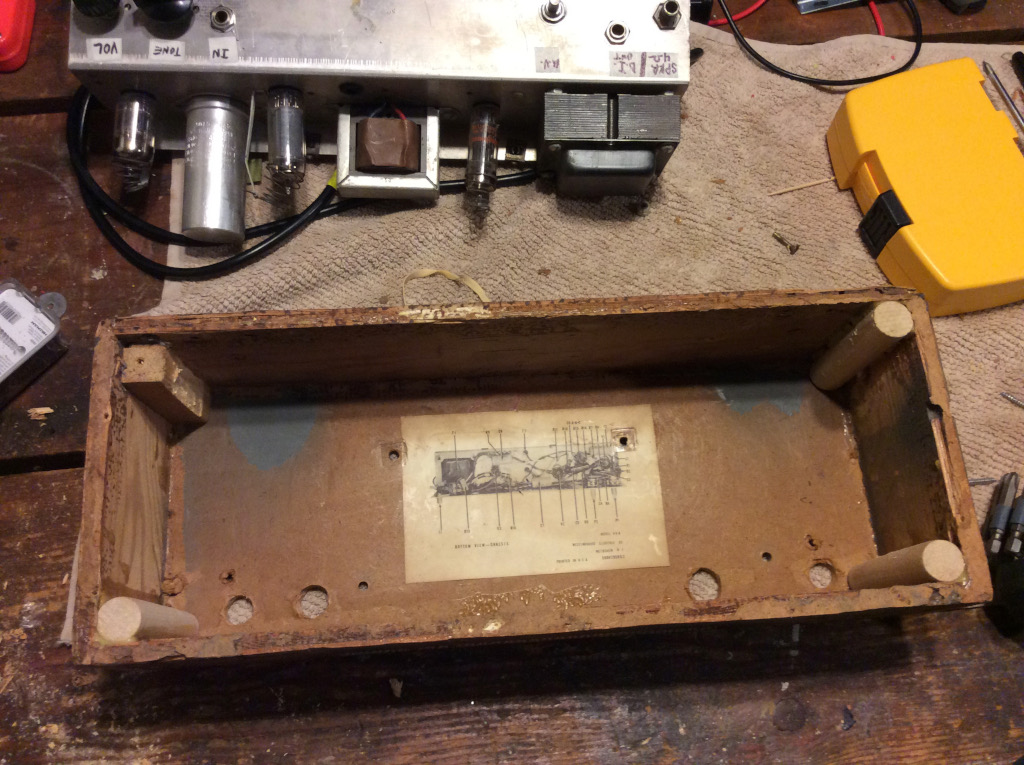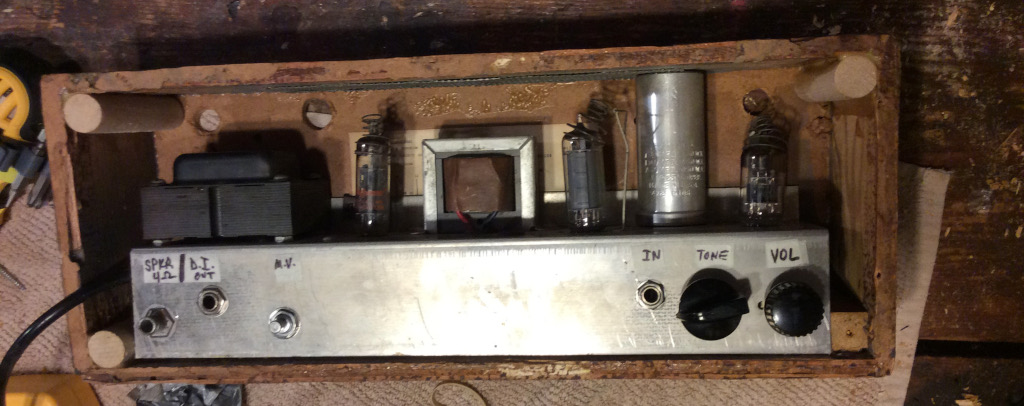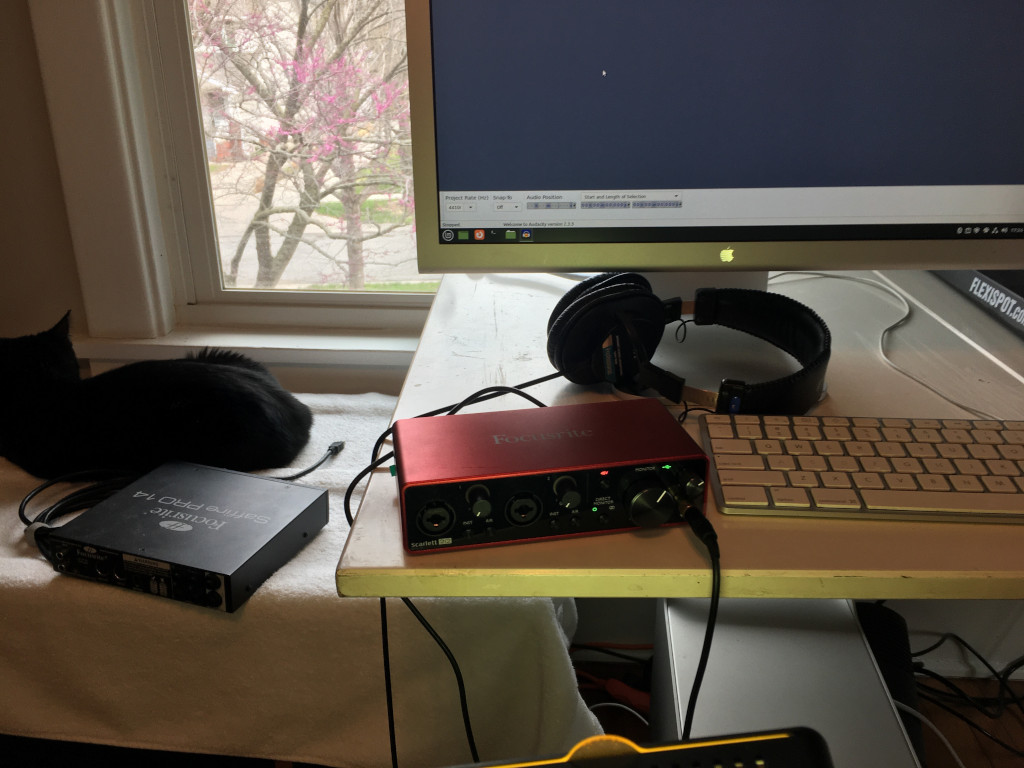In the mid-late 80’s, my friend Rob bought a Fender Strat. It was, I think, his first “good” guitar. There were two things about this guitar which were unusual:
- It was the first “Made in Japan” Fender that anyone I knew had ever bought
- It was one of the best-playing, best-sounding guitars I’d ever heard.
Despite all the characteristics described below, this guitar rings really nicely. Notes hang around about as long as you expect, the whole thing responds to how and where you hit it. It’s a real player’s guitar.
I now own this guitar. It’s been through a lot of changes, and will probably go through a few more. I’m going to write about the work I do on it in a series of of posts, focusing on things that might be useful to other guitar fiddlers. I’m going to try to keep each post focused on just one problem or solution, and the information or issues involved.
This post covers the basic technical details of the guitar up until it arrived at my house.
The basics
Based on the serial number (A + 6 digits), this guitar was built between 1985-1986, most probably at the Fuji-Gen factory in Japan. It is the worst factory color for a guitar (white), and has a maple fretboard. The neck is a soft “D” profile.
I haven’t measured the fretboard radius, but it feels a bit wider and flatter than my other Strats.It has big frets which are ground down and very nicely even. Fretless wonder kinda thing.
The guitar is ridiculously stable. String gauge changes have never bothered it. The tuners are not great (low ratio), but once in tune, it stays there with almost disturbing reliability.
The guitar did unfortunately come with one of Fender’s legendary tragicomedies, the System 1 trem system. Much time has been wasted on the System 1—more by the poor suckers who bought it than by whoever “designed” it—so I will spare you yet another rant about it. 1
Life before netdud
Pickups and electronics
Early in its life, Rob replaced the stock pickups with EMGs. This was certainly the style of the time, but as I recall, Rob mostly made the switch because the stock pickups were noisy and didn’t sound that great. The EMGs really suited this guitar, the sounds Rob was after and the way he played, and stayed in place for decades. The original pickups disappeared somewhere along the way, and are completely unmissed.
A couple of years or so ago, Rob got curious, bought a pre-wired pickguard from GFS with a set of their “Gold Foil” single coil pickups, and put it in this Strat. Please click here –> 2 <– if that statement made your eye twitch. He liked them.
Rob also started a mod to convert one of the tone controls into a blend knob for the middle pickup, so it could be added to any regular switch position. This was not completed, but didn’t interfere with the regular use of the guitar.3
Bridge / action
There are two sure-fire ways to use the System 1 trem system reliably:
- Replace it with literally anything else. You will be better off.
- Remove the stupid string lock, block the bridge in place so that it can not move, and use it as a hardtail.
Rob had done the latter for decades, though he recently had the bridge set up so that he could use the trem (floating) , still without the stupid string lock. This apparently worked OK for him. We will see if it works for me.
Rob is a really fine player, with a freakishly light touch. He can make strings sound heavier than they are. He likes to have a trem, but uses it for subtle trem effects—a Bigsby guy, not a Floyd guy.
The nut on this guitar is cut really low, the action is really low, and the trem is easily wiggleable. The end result is a guitar with ridiculously soft feel.
Where I come in
A long long time ago, I told Rob that he was never allowed to sell this guitar, but if he did, he had to sell it to me. So that’s what happened.
I got the guitar with the gold foils in it, and the pickguard with the EMGs in it as well.
Before this came up, I would have said that I absolutely do not need another Strat. I guess I did. But now, I don’t need any more guitars and I TOTALLY MEAN THAT.
1 What a piece of shit though, eh? I mean, really.
2 YES! ROB KNEW, AND I KNOW, AND YOU KNOW, AND EVERYONE ELSE CONNECTED TO THE INTERNET KNOWS THAT THESE ARE NOT “REAL” GOLD FOIL PICKUPS. LIKE XXXX PUT IN THE ZZZZZ BACK IN YYYY or Lollar makes or whatever, We ALL know, OK? It totally doesn’t matter for this conversation.
3 Unless you are one of those weirdos that actually use the regular tone controls on a a Strat. LOL @ you, weirdo! Also, please tell me how you do that in the comments, because I am 50% sure I am wrong.
